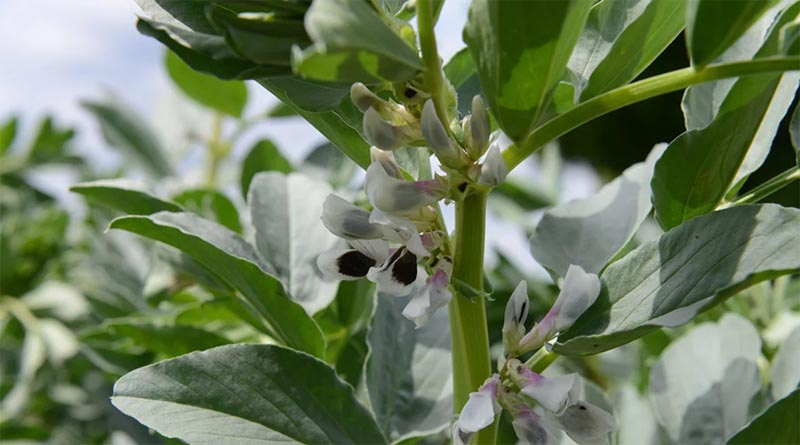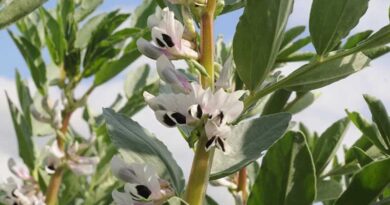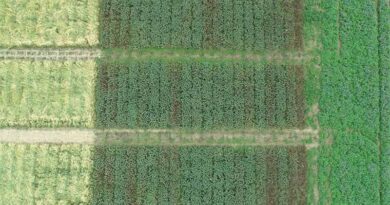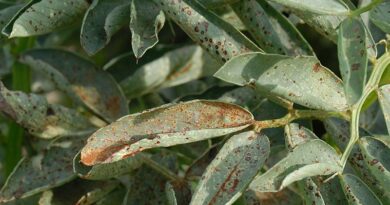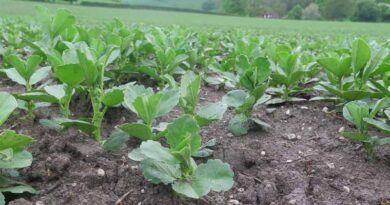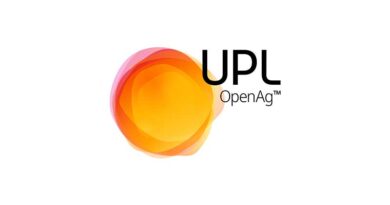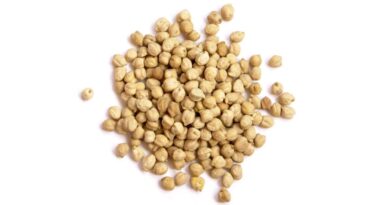Beans Boost From Biofertiliser and Disease Control
08 May 2024, UK: Bean crops are set to race through growth stages as soil temperatures warm up. Although pulse crops can fix nitrogen, there is still gains to be had from Vixeran biofertiliser application with early fungicide treatments, advises Syngenta Technical Manager, Simon Jackson.
The high rainfall over the winter will have leached out much of the available soil nutrient, he warns. “Last year’s bean trials revealed an average half a tonne per hectare more yield from a Vixeran application included in fungicide treatments.”
“The trials showed that it was especially valuable to maximise the green leaf area, which enabled the crop to develop greater seed pod fill and overall yield.”
Beans play an extremely useful role in enhancing soil structure and adding fertility for following crops. Providing them with the readily available nutrient source of Vixeran biofertiliser now, which fixes atmospheric nitrogen direct into the plant, appears highly beneficial for the growing crop, Simon advocates.
Vixeran trials in the eastern countries, midlands and Yorkshire averaged yield increases of a 495 kg/ha in winter beans and 550 kg/ha in spring sown crops, from an application in an early flowering fungicide treatment.
This season Simon has recommended a winter bean fungicide programme incorporating early Amistar application, followed by Elatus Era at first pod set. Where a third treatment is required, an additional Amistar application at the end of flowering can help keep foliage clean for longer.
“With the cool, very wet weather chocolate spot has been an issue in some autumn crops, along with downy mildew. The early Amistar application has been a priority in those affected crops, but trials have also shown good effects of Elatus Era controlling chocolate spot where it has been used preventatively.
“As conditions turn warmer and drier, rust predominates as the key foliar disease in beans, where the preventative treatment with Elatus Era has proven especially strong.”
In combined PGRO and Syngenta trials last year, fungicide programmes incorporating Elatus Era and Amistar achieved the highest yields and the greatest margins for growers, averaging 4.5 t/ha with a margin over input costs of up to +£73.80/ha. Compared to two applications of Signum that delivered only 0.2 t/ha over untreated and failed to cover input costs.
“Like last year, most spring bean crops have again been later sown this season, but growth is likely to be very quick once plants get up and away,” outlines Simon.
With yields compromised by the later sowing, including backward winter beans planted in the new year, he suggestes a two-spray fungicide programme could deliver greater yields and margins.
“Targeting Elatus Era at first pod T1 has shown excellent and long-lasting disease control of both chocolate spot and rust.”
“A follow up at T2 (three to four weeks later) with Amistar, at 0.5 to 0.75 l/ha depending on disease, will deliver robust and cost-effective disease control.
“The addition of Vixeran with T1 applications will help increase nitrogen supply, which, this year may be more important in a quicker growing crop,” he added.
Also Read: BASF Launches New Insecticide Efficon With Axalion Active Introduced Under IRAC Group 36
(For Latest Agriculture News & Updates, follow Krishak Jagat on Google News)

